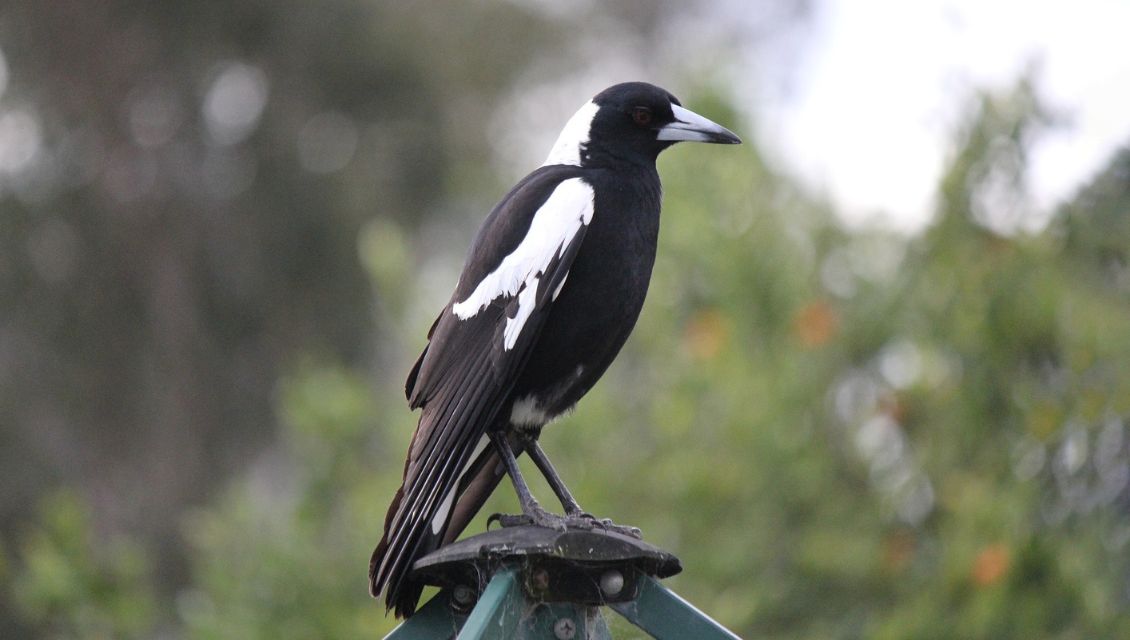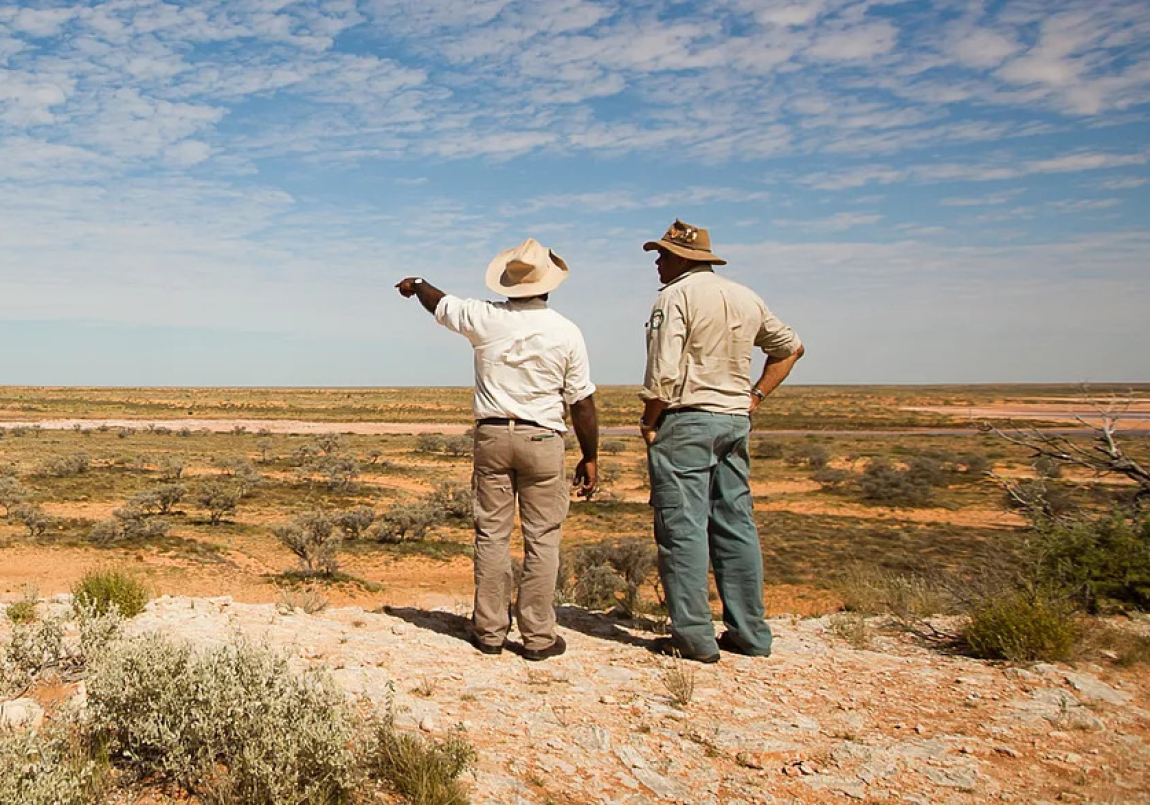
What is citizen science? It's when people volunteer their time to partner with researchers to increase scientific knowledge.
The Citizen Science Award is open to South Australian groups and individuals currently engaged in citizen science projects. Let's meet some of this year's standout nominees.
Little Penguin - Winner
The Little Penguin project, established on Granite Island in 2020, plays a key role in monitoring the island’s vulnerable little penguin population.
With numbers in alarming decline - from approximately 1500 adults in 2001 to 30 adults in 2024 - continuous monitoring has never been more critical.
Every night, dedicated local volunteers collect detailed data on the penguins’ behaviours, numbers, and location, as well as human disturbances on the island. This has contributed to a dataset that is essential for conservation.
Mozzie Monitors - Finalist
Originating in South Australia and expanding nationwide, Mozzie Monitors is a mosquito surveillance program that involves the trapping of mosquitos and collation of photos.
The program aims to collect data, enhance biosecurity surveillance, educate the community, and they've even developed a school curriculum with Dr Debbie Devis from the University of South Australia.
Fungi for Function - Nominee
This fungi survey project was developed with citizen scientists across 10 sites in the Mount Lofty Ranges. Citizen scientists explore whether distinctive species within these fungi groups - lichens, recyclers, mycorrhizae and parasites - can serve as indicators of bushland condition.
Monitoring the Flinders Ranges Mogurnda - Nominee
Mogurnda clivicola is a fish found in permanent spring-fed pools in the Flinders Ranges and is classified as critically endangered in South Australia. As part of the monitoring program, citizen scientists assess the habitat quality and population of the land-locked fish.
Reef Rambles - Nominee
The Reef Watch SA's Reef Rambles program helps to connect communities with our coasts. Expert marine biologists give fun and informative guided tours to citizen scientists, inspiring a sense of custodianship and understanding of the local marine environment.
Got a special interest?
If you have a particular passion for a specific area of nature, there are plenty of specialised citizen science projects you can dive into:
- Frogs: Download FrogSpotter, which is designed to make it easy and fun to learn about and track South Australia’s frogs. This platform is the backbone of FrogWatch SA.
- Water: Join Waterwatch to monitor water quality in South Australia, or participate in a local Waterbug Bioblitz event. You’ll receive training and equipment and contribute to a national water resource database.
- Turtles: Use TurtleSAT to contribute data on local turtles and help protect them.
- Fungi: Check out FungiMap to record and map fungi species in Australia, raising awareness of their crucial role in biodiversity.
- Birds: Help protect bird populations across Australia with Birdata by contributing to data collection and conservation efforts.
You can also explore more projects on Landscapes Hills and Fleurieu’s citizen science page.
What is a BioBlitz
As you get more involved in citizen science, you may come across the term 'BioBlitz'. This is an event where scientists and the public team up to collect data about the biodiversity of a specific area.
Whether you’re helping net fish in a creek, identifying fungi, or tracking bats at night, you can participate as much or as little as you like.
All the data collected is uploaded to iNaturalist, where it’s used to track species locations and improve our understanding of biodiversity in the area. 'Waterbug' Bioblitzes are held across the state each spring to monitor the health of our waterways.
Held by Inspiring South Australia, the Department for Environment and Water (DEW) and the South Australian Chapter of the Australian Citizen Science Association (ACSA), the 2025 South Australian Citizen Science Awards’ winners were announced on 8 August 2025.
This article was prepared by the Department for the Environment and Water and first appeared on Good Living. It is reproduced here with permission.






